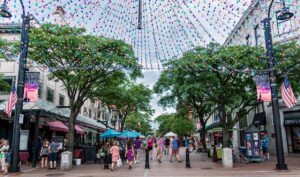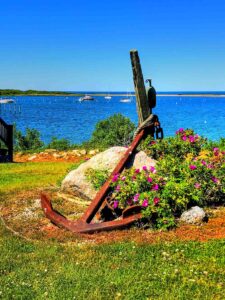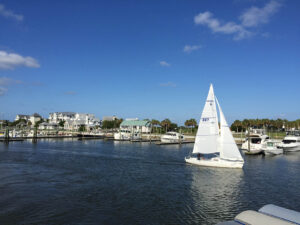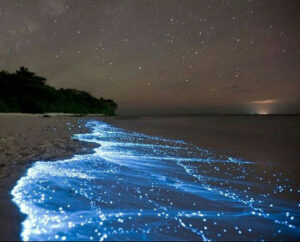When Charles II was restored to the throne of England in 1660, he thanked some of his loyal friends by giving them land in America. In return, they recognized this gift by dubbing the land Charles Towne. The young city was the first settlement in the Province of Carolina and found itself under frequent attacks from Spain, France, marauding pirates and local Native American tribes.
Walls were erected, and a battery along the eastern shore was constructed to protect the city, which tenaciously stood its ground and grew against all odds. Slowly but surely, Charles Towne developed into what we know and love today as Charleston.
Maybe it’s coincidence — but then again, maybe not — that a city that started as a gift given to friends has become so well known for its friendliness and hospitality. Charleston is highly regarded for its history, art, food and nature, and the city has worked hard to protect these treasures, staying true to its official motto of “Aedes mores juraque curat” (“she guards her buildings, customs, and laws”).
Not unlike any new community has to do today, Charleston needed to advertise to get people to move to it when it was just starting out. This drew newcomers from England and nearby colonies such as Bermuda and Barbados, creating an internationally diverse culture. As the new citizens and merchants established themselves and achieved success, they displayed it by building grand homes.
The Heyward-Washington House, built in 1771, and the Edmonston-Alston House, built in 1825, are both open for tours. During the Annual Festival of Houses and Gardens (March 19-April 19) each spring, visitors can tour many other homes, too — a surprising number of them still occupied by descendants of the original owners. The historic estates of Boone Hall Plantation and Magnolia Plantation are a short drive outside the city and provide a fascinating glimpse into Charleston’s rich past.
As the city grew and prospered, leisure activities became an increasingly important part of life. Charleston still boasts the first playhouse in America; the historic Dock Street Theatre is a wonderful place to take in some theater. This spring, don’t miss “Catch Me If You Can: The Musical.” And King Street (including hip Upper King Street) is a must-see while exploring Charleston’s vibrant downtown scene. The street is home to an impressive array of fine art galleries and clothing and jewelry boutiques. Art has always been an impor- tant part of Charleston’s culture, and Spoleto, one of the world’s premier performing arts festivals, draws thousands of spectators to Charleston every spring. Named for the city of its sister festival in Italy, the 17-day Spoleto Festival (May 22-June 7) features internationally acclaimed musicians, dancers and actors. Don’t miss the Charleston Farmers Market, held in Marion Square Saturdays from 8 a.m. to 2 p.m.
In terms of hotels, inns and restaurants, there is something for everyone in Charleston. Many people visit the city each year just to sample its award-winning eateries. It’s almost impossible to compile a list of best restaurants — there are so many phenomenal ones, and new ones are opening all the time. But there are some perennial favorites that the locals return to again and again, including The Ordinary, Hominy Grill, Halls Chophouse, FIG, and Husk. For the best cappuccino in town, stop by City Lights Coffee.
Charleston’s unique location on a natural harbor at the confluence of the Ashley and Cooper rivers makes it one of the easiest cities to navigate by boat, and there’s no shortage of first-class marinas to call home while visiting. Charleston City Marina (843-723-5098, charlestoncitymarina.com) is one of the finest municipal marinas on the East Coast, offering easy tie-ups along their famous mega dock. They also provide a free shuttle service to various tourist sites and shopping locations around town. Complete boating services can also be obtained at their nearby sister marina, The Charleston City Boatyard (843-884-3000, charlestoncityboatyard.com).
While there is no doubt that Charleston can be hot in the summer, its mild climate the rest of the year provides plenty of time to enjoy all of the outdoor activities available in the area, including golf, kayaking, fishing, bird watching, cycling and swimming and lounging at the beach. One thing is for sure, you will not run out of things to do during your visit. Charlestonians frequently reference the fact that the city is located at the confluence of the Ashley and Cooper rivers, “where come together to form the Atlantic Ocean.” What more can a boater ask for?





